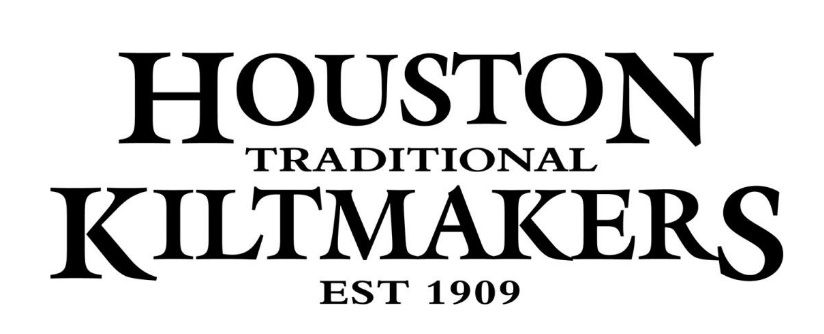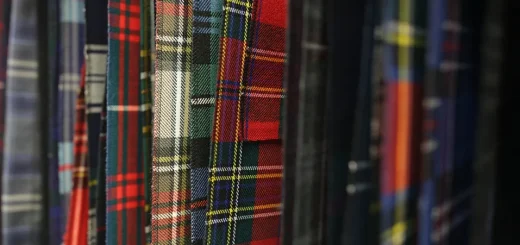The Scottish Kilt
Who, what, when, where and why?
When:
Established in the 17th Century, Kilts (originally called “little wrap” in Gaelic) were the first steps in a separation of the Celts, as prior to this Irish and Scottish Gaels wore similar fashions. During the Jacobite uprising of 1745 there was a “diskilting” act enacted as they were seen as a symbol of rebellion and primitive savagery, the only exception being for those serving in the military. This is perhaps the lifeline of the modern kilt seen today, as historians have argued that Highland costume would not have survived had there not been Highland regiments raised on and dressed in parts of their traditional dress.
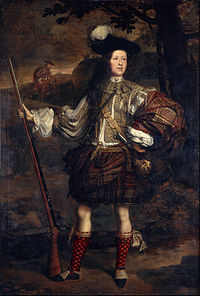
Nearly 40 years later, through the efforts of the Highland society of London, the “diskilting” act was revoked. The image of the highlander at this point in time was changing from being seen as other, to an extotic romanticised image which still has an impact in today’s society. This image was also in part response to the industrial revolution; a rejection of the urban and industrial and an embracing of the wild, unpredictable wilderness.
Kilt wearing became national dress after King George IV’s visit to Edinburgh where he walked out on his guests dressed in a kilt, establishing it as national dress for Scotland. This example of a kilt far differs from the traditional Highland wear seen in the previous century.
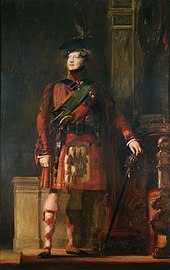
The tail end of the 20th century is when kilt wearing became more what we are used to seeing today. The connotations the kilt has with masculinity has led to modern designers incorporating elements of the kilt into fashion to suit the young, fashionable male. The punk subculture as well as LGBT+ culture have adapted the kilt due to its associations with traditional masculinity, with more modern takes also allowing for the piece to make more of a statement, whether that be of individuality or questioning the lines between masculinity and femininity.
What:
The Scottish Kilt is traditionally 8 yards ( 7.4 metres ) of pure new wool, and always made in Scotland. There is almost an inconceivable amount of tartans to choose from. Tartans are usually associated with a clan, but can be custom made. Kilts also come in a variety of weights to suit one’s needs or weather conditions:
– 16/17oz cloth ( Heavy weight ) is the best weight of authentic Scottish Kilt cloth as it sits and hangs and gives the best swing to the pleats. Contrary to what you may think, it is not any warmer than a 13oz kilt.
– For broader gentlemen heavy weight is by far the best cloth to use as it hangs much better over the belly and holds its shape and looks a million dollars!
– 13oz Medium weight is adequate if you are under a 44/46″ waist
– 19oz to 21oz is regimental weight cloth – only 6 tartans are woven in this weight now
– 110z Lightweight
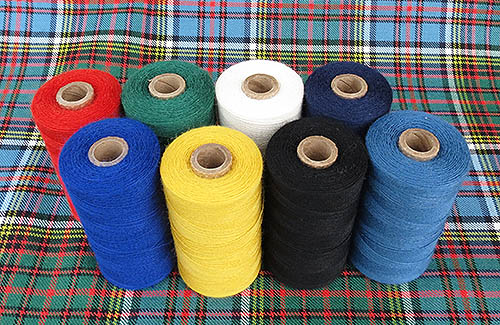
How:
Traditionally the Scottish kilt is fully handmade.The kiltmaker will take half a day to check the cloth, check sizes and prepare the tartan.The kiltmaker will then take around two days to make each kilt, there are around 6000 to 7500 stitches!
22 to 28 deep knife pleats ( Note kilts can be box pleated if you wish ).
And reinforced double stitches surrounding the key areas where typically you face the most wear and tear. Kilts can also be partially machine stitched which are also of high quality.

Who:
Houston Kiltmakers provides kilts with 3 buckles and straps so the customer has 1.5″ of adjustment for their optimal comfort. All kilts are cut for growth so that they can be adjusted a few inches in years to come.
Kilts can be made to a normal sett where the pleats at the back are folded to repeat the tartan exactly ( so the front and back of the kilt looks exactly the same) or they can be regimental sett. This is also called sett to the line where the kilt maker will take one of the symmetrical predominant pivot lines and sett each pleat to that line so you just see lines down the back of the kilt and the front and back of the kilt look remarkably different. A normal sett kilt is by far the most popular of the two options.
Kilts usually take 6 to 8 weeks to make provided the cloth is in stock. Kilts can be express made quickly in a few weeks or a few days if required at a premium.
If commissioning a special weave and cloth has to be woven, then kilts can take up to five or 6 months to make. For this reason we always recommend booking at least six months before your function date if you can.

Where:
Houston Kiltmakers is a 4th generation family business based in Paisley established in 1909 by William.M Houston. Mr Houston’s Great grandson Ewan William MacDonald is now running the business and is passionate about everything tartan. At Houstons we have kiltmakers with decades of experience.
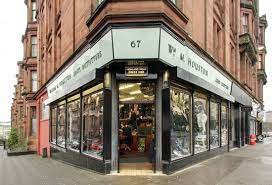
Why:
Houston kiltmakers are one of the few kiltmakers in Scotland who offer bespoke options. Our history spanning over 100 years and being established in the threading town of Paisley means we are particularly skilled and provide a niche in this market. If you are interested in getting a bespoke, authentic Scottish kilt you can come into the shop, contact us by telephone on 0141 889 4879 or email [email protected].
